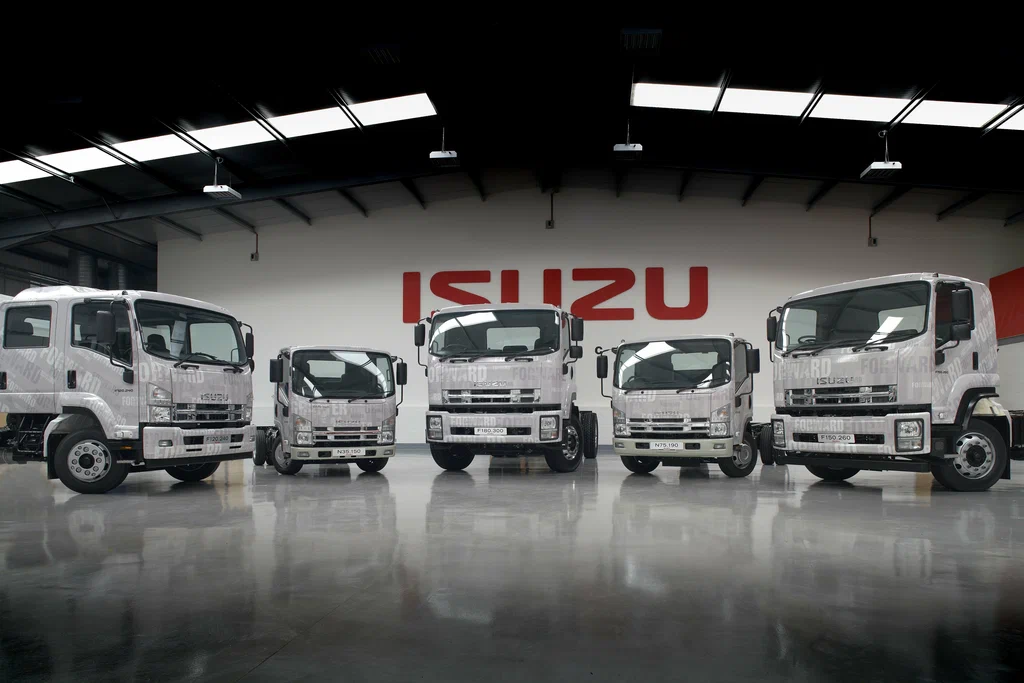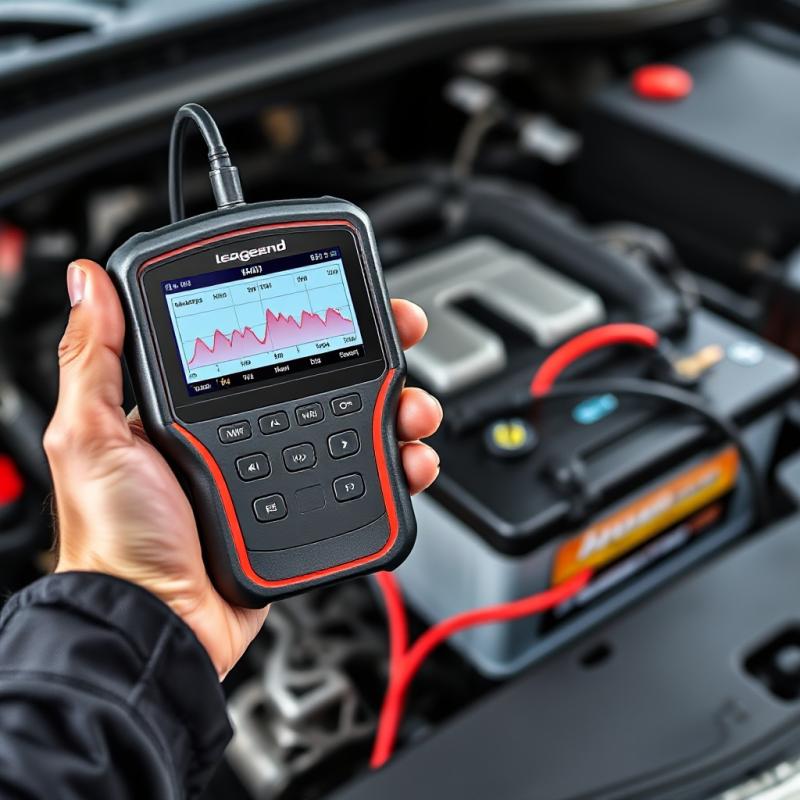
Open-source operating systems now meet safety certification standards for critical industries, bridging flexibility and compliance for automotive, medical, and industrial use.

Drivetech Partners
The convergence of open-source operating systems with rigorous safety certification standards is revolutionizing embedded systems development across critical industries. Recent breakthroughs by major industry players have bridged the long-standing gap between the flexibility and transparency of open-source platforms and the strict certification requirements of regulated sectors like automotive, medical, and industrial automation.
Key Takeaways
Safety certification achievements in open-source platforms, including Red Hat's ISO 26262 ASIL-B certification and EB corbos Linux's dual compliance with automotive and industrial standards
Growing adoption of mixed-criticality architectures that allow safety-critical and non-safety applications to run on a single qualified kernel
Eclipse ThreadX emerging as the first safety-certified open-source RTOS, already deployed across 12+ billion devices worldwide
Industry-wide shift toward extended maintenance commitments with up to 15 years of security updates to satisfy regulatory requirements
Hybrid approaches gaining traction through collaborative industry consortia like Automotive Grade Linux and the ThreadX Alliance
The Certification Gap in Critical Industries
For decades, a clear divide has existed in the operating system landscape for embedded systems. On one side stand proprietary certified platforms like QNX and SafeRTOS, which meet stringent regulatory requirements but come with high licensing costs and vendor lock-in. On the other side are open-source options offering flexibility and community support but lacking formal safety certification.
This gap has become increasingly problematic as highly regulated industries face mounting pressure to adopt software-defined architectures while maintaining compliance with standards like ISO 26262 (automotive), IEC 61508 (industrial), and ISO 21434 (automotive cybersecurity). Modern embedded systems demand both the innovation speed of open source and the certification rigor of proprietary platforms.

Recent regulatory expansions have intensified this challenge, particularly as next-generation vehicles, medical devices, and industrial systems rely on faster development cycles and long-term security maintenance. The certification process itself requires extensive documentation, testing, and validation processes that have historically been difficult to maintain in community-driven development models.
Breakthrough: Red Hat In-Vehicle Operating System
Red Hat has achieved a significant milestone with its In-Vehicle Operating System, which has earned safety certification as a Safety Element out-of-Context (SEooC) for ISO 26262:2018, ASIL-B. Set for general availability in Q3 2025, this platform represents a fundamental shift in how safety-critical systems can be developed.
The system's core innovation lies in its mixed-criticality capabilities, allowing both safety-critical applications (up to ASIL B) and non-safety functions to run on a single, safety-qualified Linux kernel. This is achieved through rigorous isolation mechanisms that prevent cross-contamination between different types of applications.

Technical features underpinning this achievement include:
Cloud-native development capabilities
Real-time performance optimizations
Accelerated boot time
Comprehensive security framework (SELinux, MAC, firewalls, disk encryption, and hardened containers)
Beyond the technology itself, Red Hat delivers a complete safety assurance package including full safety guidance documentation, assumptions of use (AoUs), a tailored SDK, and an impressive commitment to up to 15 years of maintenance. The platform was developed in close partnership with exida for functional safety validation, ensuring credible third-party assessment.
Emerging Certified Open-Source Alternatives
Red Hat isn't alone in addressing the certification gap. Several other notable open-source platforms have made significant strides:
EB corbos Linux has emerged as the first open-source OS assessed as compliant with both ISO 26262 ASIL B and IEC 61508 SIL 2. The platform promises up to 50% faster time-to-market compared to traditional approaches and matches Red Hat's commitment to 15 years of security maintenance. Strategic collaborations with Arm and Canonical further strengthen its industry position.
Eclipse ThreadX RTOS has broken new ground as the first and only safety-certified open-source real-time OS. Already deployed across more than 12 billion devices globally, ThreadX offers industry-proven reliability, deterministic performance, and a small footprint—all without per-developer seat costs. The platform is backed by the ThreadX Alliance, ensuring ongoing development and certification support.
Automotive Grade Linux (AGL) has gained significant industry adoption, with major automakers including Toyota, Honda, Mercedes-Benz, Mazda, Subaru, and Suzuki implementing it in production vehicles. While AGL currently focuses on infotainment and connectivity functions, it's actively building the infrastructure for future safety certification across more critical vehicle systems.
Other notable options include RTEMS (for medical, industrial, and aerospace applications) and Contiki (a lightweight option for medical devices and IoT applications), both gaining traction in specific industry niches.
Technical Challenges and Solutions
Creating safety-certifiable open-source operating systems requires addressing several fundamental technical challenges:
Isolation requirements stand as perhaps the most critical challenge. Modern systems demand strong process and memory isolation through hypervisors and specialized kernel features to support mixed-criticality operations. These mechanisms prevent safety-critical functions from being compromised by less critical tasks sharing the same hardware.
Real-time performance remains essential for safety applications, requiring deterministic scheduling capabilities, consistently low latency, and guaranteed timing even under maximum system load. Open-source platforms have made significant advances in these areas, matching capabilities previously available only in proprietary RTOS solutions.
Security frameworks have evolved substantially, with built-in features like SELinux, secure boot, and encryption now standard in leading open-source platforms. These capabilities satisfy both regulatory standards (including FIPS 140-3, SESIP, and PSA Certified) and address emerging cyber threats that particularly target embedded systems.
Perhaps most impressive is the shift in maintenance commitments, with new open-source platforms offering 10-15 years of long-term support for security updates. This extended lifecycle support satisfies compliance requirements for regulated industries where devices may remain in service for a decade or more.
Hybrid Approaches Gaining Traction
While fully certified open-source options are emerging, many organizations are finding success with hybrid approaches that blend the best of both worlds. Mixed-criticality architectures that use open-source as the base layer with certified proprietary "safety islands" for critical tasks offer a pragmatic path to reduce costs while meeting regulatory requirements.
Industry consortia collaboration has accelerated progress, with organizations like AGL and the Eclipse ThreadX Alliance providing valuable resources for certification documentation, knowledge transfer, and harmonized best practices. These collaborative efforts help distribute the significant burden of certification across multiple stakeholders.
Vendor investments have also played a crucial role. Companies like Red Hat, Arm, and Canonical are actively closing certification gaps through strategic partnerships with certification bodies (such as exida) and community-driven models that maintain both open development and certification rigor.
Proprietary vs. Open Source: The Changing Landscape
Despite the advances in open-source certification, proprietary platforms still maintain significant market positions. QNX (BlackBerry) and SafeRTOS (WITTENSTEIN) remain dominant in automotive, aerospace, and medical safety-certified systems, with established certification track records and strong industry relationships.
However, open-source progress continues to accelerate. Zephyr RTOS, for example, is gaining partial ASIL B-ready profiles and increasing traction in industrial automation applications, challenging proprietary alternatives with its flexible licensing model.
When evaluating operating systems for regulated industries, decision-makers should consider several key criteria:
Total cost of ownership (including certification maintenance)
Scalability across different device types
Documentation and toolchain traceability for regulatory audits
Community support and long-term viability
A direct comparison of certification achievements shows how rapidly the landscape is changing: Red Hat (ISO 26262 ASIL-B), EB corbos (ISO 26262 ASIL-B & IEC 61508 SIL 2), and ThreadX (certified RTOS) now offer comparable certification levels to their proprietary counterparts.
Future Outlook and Strategic Considerations
Industry adoption trends clearly show momentum building behind certified open-source options. ThreadX's deployment across 12+ billion devices and AGL's adoption by major automakers including Toyota, Honda, and Mercedes-Benz demonstrate the market's growing confidence in these platforms.
Long-term maintenance commitments have addressed one of the historical concerns about open source in regulated industries. With platforms now offering up to 15 years of support for security updates, the sustainability argument against open source has largely been neutralized.
Community sustainability models continue to evolve, with collaborative approaches for maintaining certification documentation and addressing evolving standards. These shared maintenance models distribute costs while ensuring ongoing compliance.
For embedded engineers and decision-makers, selecting an operating system for regulated industries now involves balancing certification requirements, development flexibility, long-term support, and security capabilities. The expanding range of certified open-source options provides more choices than ever before, particularly for projects that benefit from transparency, community innovation, and reduced licensing costs.
Sources
Automotive Testing Technology International - Red Hat In-Vehicle Operating System set for full release in Q3 2025
EE News Europe - First open-source OS for automotive functional safety
Red Hat - Red Hat Prepares for a New Future of Software-Defined Vehicles
Blue Goat Cyber - Top 10 Embedded Operating Systems for Medical Devices
Eclipse Foundation - Eclipse ThreadX: Setting the Standard for Open Source Safety






